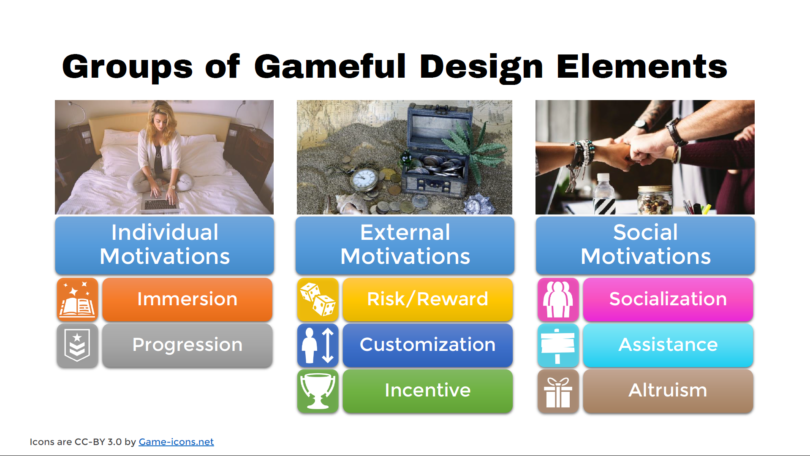The peak-end rule is a psychological heuristic that explains how people judge an experience largely based on its peak (i.e., its most intense point) and its end, rather on the whole experience. A research from the Universities of Saskatchewan and Canterbury and Autodesk sought to verify if this effect would influence player’s enjoyment of (casual) games. They manipulated the difficulty or balance of three simple games to vary the peak and end experiences, keeping the playing experience otherwise unchanged, and asked players how they felt afterwards.
Results from the experiments showed that peak-end effect occurred consistently after the manipulations. Players’ recollection of challenge was uniformly affected by the manipulations, despite the overall experience being the same. Peak-end manipulations also led to differences in recalled fun, interest, and willingness to play again.
This research provides interesting insights into how this psychological phenomenon influences game experiences. It shows that the peak-end rule is something that game designers must be account for during design. This is particularly important for serious games and gameful applications, as the user’s recollection of the experience will probably be a key factor for their motivation to interact with the system again and, thus, achieve the indented goals. Therefore, designers should try and adjust the game to provide players with a positive peak-end experience, in addition to the overall experience.

This rule suggests important considerations for adjusting challenge according to the user’s skill, for example. It is often considered a good practice to increase the challenge as the user’s skill improves, thus contributing to the experiences of flow and fiero. However, this might lead to a situation where the player will finally encounter a challenge higher than their current skills and they might give up before successfully overcoming it. This will result in a negative end experience, which might strongly influence later recall of the whole experience. Thus, whenever it is important to leave the user with a positive recollection of the experience (which is often the case with applied gaming for serious purposes), designers should find ways to re-adjust the experience at the end (perhaps decreasing the difficulty back to the latest level the player was able to overcome), so the user can end their experience with a great, motivating victory.
Original publication: Carl Gutwin et al. Peak-End Effects on Player Experience in Casual Games. CHI’16, ACM, 2016.



